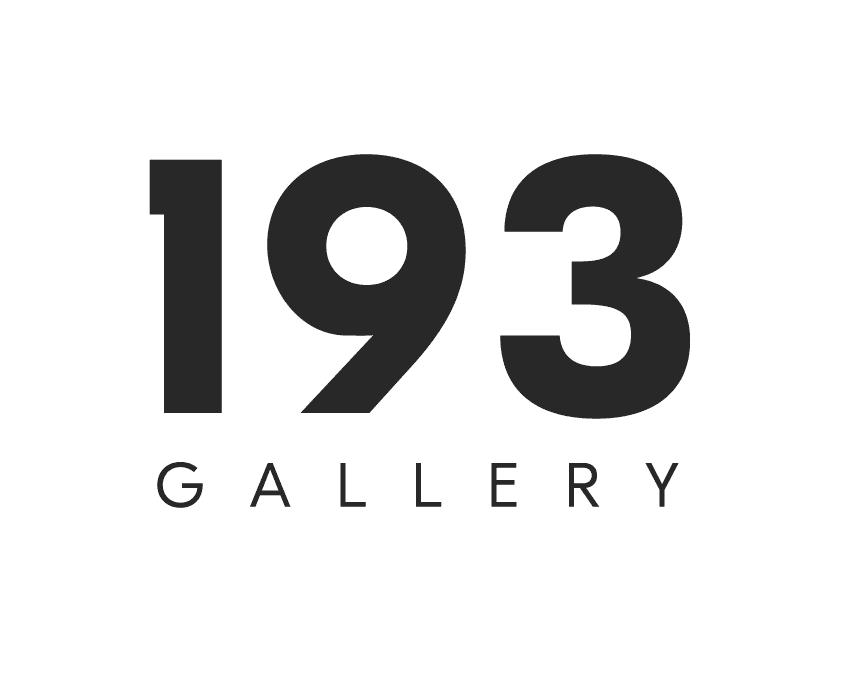
Melancholic dreams

Suprématie, 2021
The signature is in the back of the canvas
Mixed technique including marouflage on canvas
170.0 x 120.0 x 3.8 cm
In the series Cosmogonic Tales, Jean-Marc Hunt presents a work based on paper. The latter refers to childhood and is considered the primary element of transmission. His works are thus...
In the series Cosmogonic Tales, Jean-Marc Hunt presents a work based on paper. The latter refers to childhood and is considered the primary element of transmission. His works are thus a means of telling a story without any sense of reading, where each image is a work in itself, and which, taken as a whole, form a whole - a collective memory.
Courtesy of 193 Gallery
Copyright The Artist
Join our mailing list
* denotes required fields
We will process the personal data you have supplied in accordance with our privacy policy (available on request). You can unsubscribe or change your preferences at any time by clicking the link in our emails.

